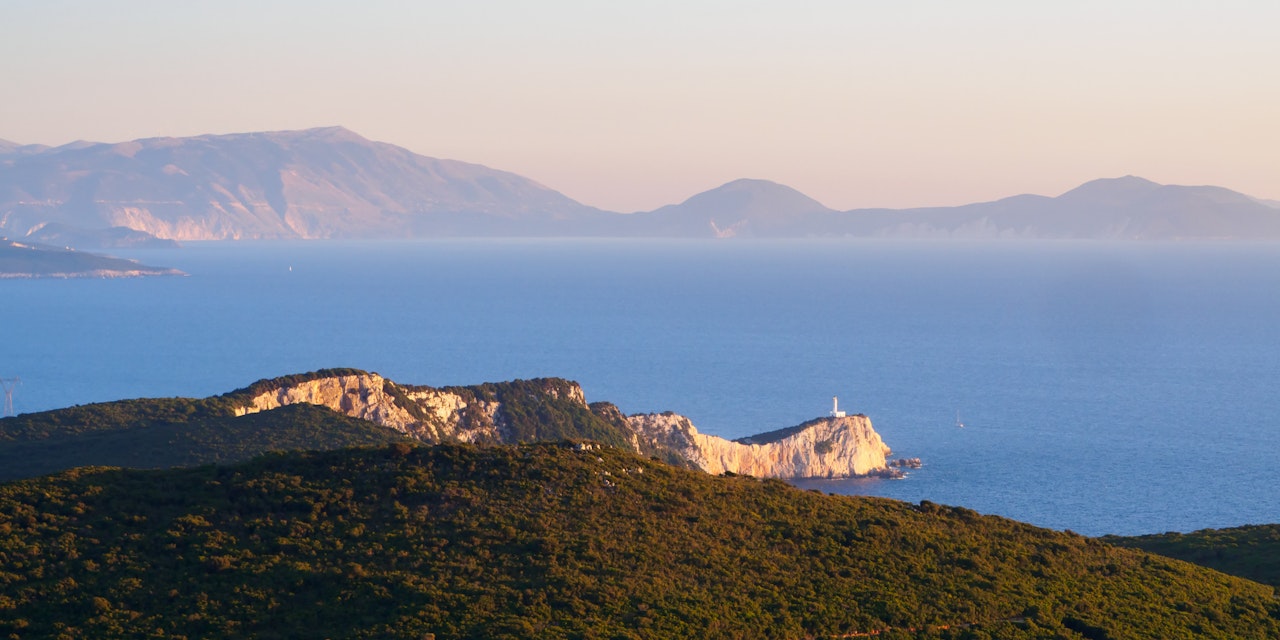
While we can’t change our genetics or the body we’re born into, we can control our environments and decrease our risk for disease. The Blue Zones are specific areas in the world that have habitants with really low rates of chronic disease and who live the longest. Learn where the Blue Zones are located and what lifestyle habits these ultra-healthy humans have.
What are Blue Zones?
The Blue Zone is a term given to certain regions of the world that house some of the healthiest and longest-living humans. The term was first coined by author and National Geographic Fellow, Dan Buettner (and his colleagues) (1). The name comes from the fact that they drew blue circles on a map when searching for these areas. The areas include: Okinawa, Japan; Sardinia, Italy; Nicoya Peninsula, Costa Rica; Ikaria, Greece; and Loma Linda, California in the United States.
The Blue Zone areas have very high rates of people who live over 90 and 100 (2). This isn’t just based on genetics, rather, research suggests that genetics may only account for 20-30% of what determines how long we live (3). This means that the lifestyles of the people in these areas have the main influence on their longevity.
How do Blue Zone humans live?
Ikaria, Greece
Eating a traditional Mediterranean diet helps the people in this area have one of the world’s least middle-age death rates and the lowest rates of dementia (4). There is a significant amount of research showing that the Mediterranean diet plays a role in the prevention of heart disease and can help improve overall health, including preventing weight gain and diabetes (5).
The Mediterranean diet emphasizes whole foods and is characterized by eating lots of plant-based foods including fruits, vegetables, grains, potatoes, fish, beans, nuts, seeds, and olive oil. Dairy, poultry, and eggs are consumed in low to moderate amounts, and red meat is limited. Wine is allowed in moderation, and fruit is also a common dessert option (6).
Okinawa, Japan
Okinawa is the home to the world’s longest-living women (7). In this region, they practice tai chi, which is a relaxing and meditative form of exercise. This helps reduce stress and improve muscle strength, flexibility, and balance.
The standard diet of this region includes staples such as sweet potatoes, soybeans, mugwort (a flowering plant), turmeric, and goya, which is a bitter melon (4). A plant-based diet including natural soy products has been shown to help reduce the risk of chronic disease (8).
Sardinia, Italy
This Italian island has the highest number of men who live to be 100 years old. They typically work on the farms, encouraging plenty of exercise. They enjoy red wine occasionally, which is rich in resveratrol, an antioxidant that helps protect the heart (9). The population also has a lower animal protein and higher plant-food diet, which is associated with lower rates of diabetes, cancer, and early death.
Loma Linda, California
In Loma Linda, there is a large community of Seventh-day Adventists. They live in a close community, offering social and spiritual benefits which have been shown to improve mental health and well-being (10). They follow a vegetarian biblical diet including whole grains, fruits, nuts, and vegetables.
Nicoya Peninsula, Costa Rica
The Nicoya Peninsula has the world’s lowest rate of middle-age mortality. It also has the second-highest concentration of males reaching 100 years of age. This region has a very strong community, social network, and faith.
The diet is based around beans and fresh corn tortillas, which can help lower cholesterol and improve gut health (11). Many people in this region have physical jobs and a sense of purpose.
How can you live more like you’re in a Blue Zone?
Keep in mind that the Blue Zones are based on research of specific areas. This doesn’t mean that the lifestyles and benefits are limited to these specific areas; you can adapt the Blue Zone principles to your life.
To give you more insight into how to live more like you’re in a Blue Zone: these regions exercise as a part of life, rather than for specific goals. This includes daily chores, job responsibilities, gardening, walking, and cooking. They get enough sleep and often take naps during the day. They tend to be religious or spiritual, have a strong social network, and have a life’s purpose.
One of the most common themes of these areas is that the people primarily focus on a plant-based diet, rich in beans, lentils, vegetables, and whole grains, eating meat on about a weekly basis. Most of these areas have reduced calorie intake with occasional intermittent fasting. Some regions drink alcohol but in moderation.
Want to help reduce your risk of disease and increase your longevity with step-by-step recommendations? Download Lifesum to inspire you to eat more plant-based foods, stay active, and join our community of like-minded people.
All of the content and media on Lifesum is created and published for information purposes only. It is not intended to be used as a substitute for medical advice or treatment. Users should always consult with a doctor or other health care professional for medical advice.
11 references (hide)
All of the content and media on Lifesum is created and published for information purposes only. It is not intended to be used as a substitute for medical advice or treatment. Users should always consult with a doctor or other health care professional for medical advice. If you have or think you are at risk of developing an eating disorder, do not use the Lifesum app and seek immediate medical help.